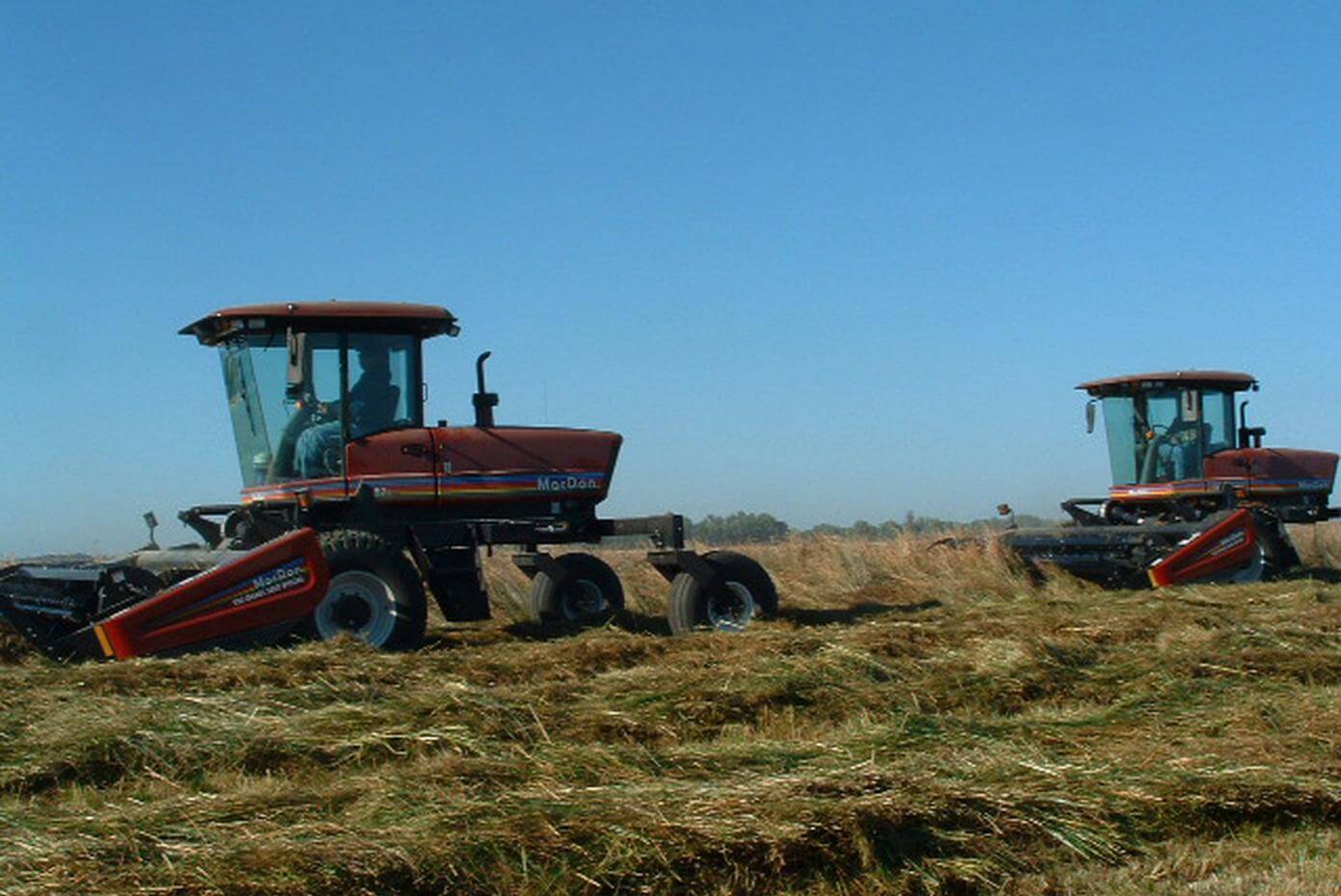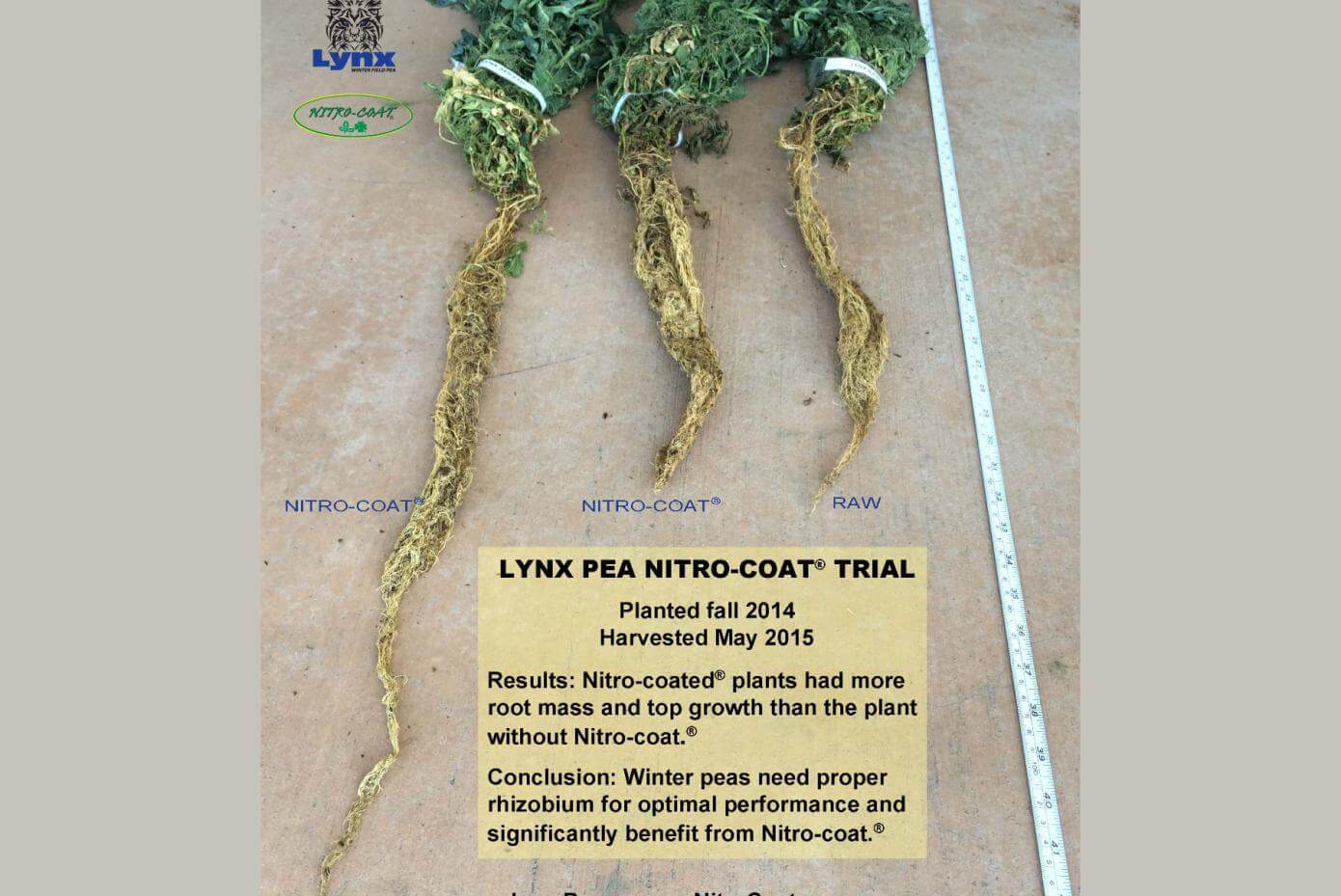Crop Talk
Harvest is now in full swing, with both wind rowers and combines swarming the Valley. It would be fun to see a picture from space! However, the image on the ground has yet to fully develop. It is definitely an earlier crop, and likely a lighter crop, pretty much across the board. Stay tuned over the next 4 weeks and feel free to contact us with any specific questions.
New Tetraploid Italian Ryegrass
This year we are happy to introduce Meroa tetraploid Italian ryegrass. While we have limited data, the data is good. In Tennessee, for example, it topped their latest annual ryegrass trial. Meroa is being evaluated in numerous other northern states. Give us a call to learn more.
Lynx Winter Pea - This cat is ready to pounce
We’re very excited about our second harvest of Lynx winter pea and the tremendous potential of this variety. For only a small cost over Austrian winter pea, Lynx offers two significant benefits:
Cold Tolerance
While Austrians can handle 10° F, Lynx can take -5° F. That’s and extra 15° of cold tolerance! This is a significant benefit when used as a cover crop or as forage and wildlife feed.
Tanin-free sweetness
Austrian winter peas are bitter tasting; not just the seeds, but the whole plant. Lynx are tannin-free and sweet to the taste. The ENTIRE plant is sweet. It is like sugar to wildlife and livestock! Lynx can replace Austrians in wildlife mixes for nominal costs. Additionally, with its attractive bag, Lynx can be sold straight for both wildlife and livestock, again for only a few dollars more.
Get this cat in your bag! We are booking seed for late summer shipment now. Also, check out the new Lynxpea.com website.
Should Peas Be Coated?
It is standard practice to plant winter peas without inoculant. This is likely due to the hassle and cost of inoculation and the presumption that many soils have a sufficient amount of rhizobium that peas can use. This can be a big assumption, especially in areas that have not grown peas in the past.
Last fall, we conducted a small study comparing raw winter peas with NitroCoated® peas. The Nitro-Coat® process ensures that an adequate number of the correct strain of live rhizobium are available to the legume seeds. In contrast, seeds sown without proper inoculant are subject to ‘scavenging’ for naturally occurring rhizobium in the soil.
As indicated in the photo, we found a significant difference of both forage and root mass in the Nitro-Coat® plants as compared to the raw winter peas. While further research and testing would provide more conclusive evidence, at minimum, our small study invites a few questions: Are we giving up forage and root potential by not inoculating winter peas? What impact to cover crops could we see in terms of nitrogen contribution, soil conditioning, and performance of companion and subsequent crops? What would our wildlife plots look like if the peas were inoculated with the correct rhizobium? What do you think?


